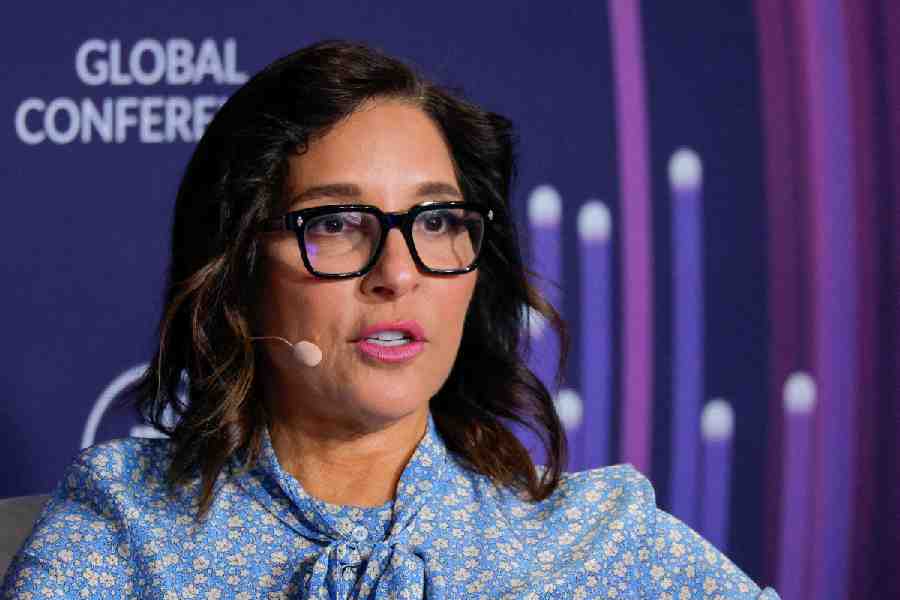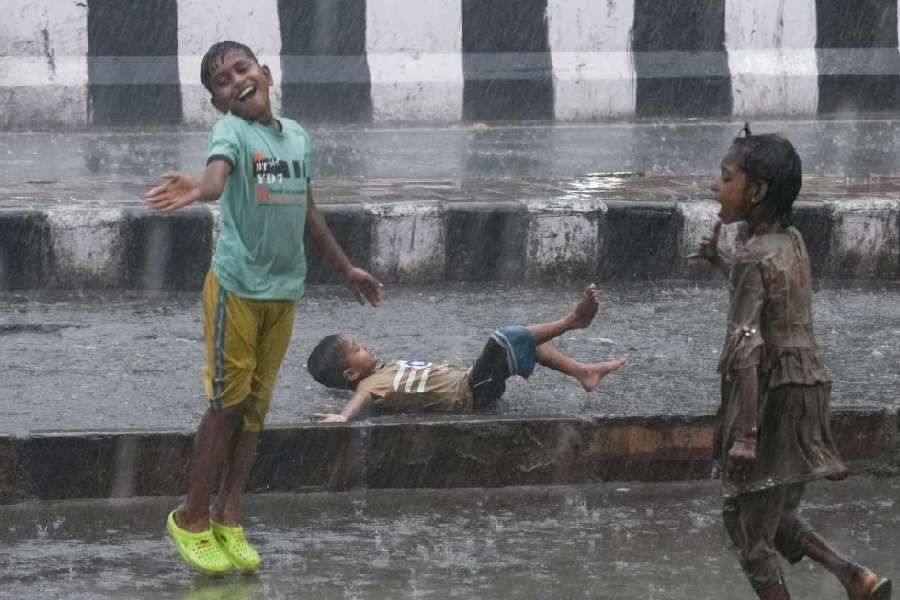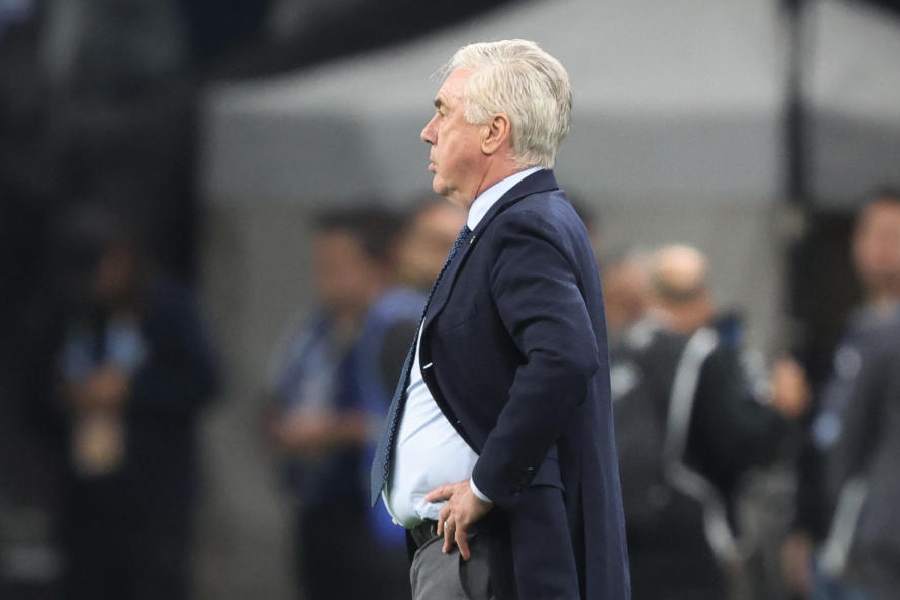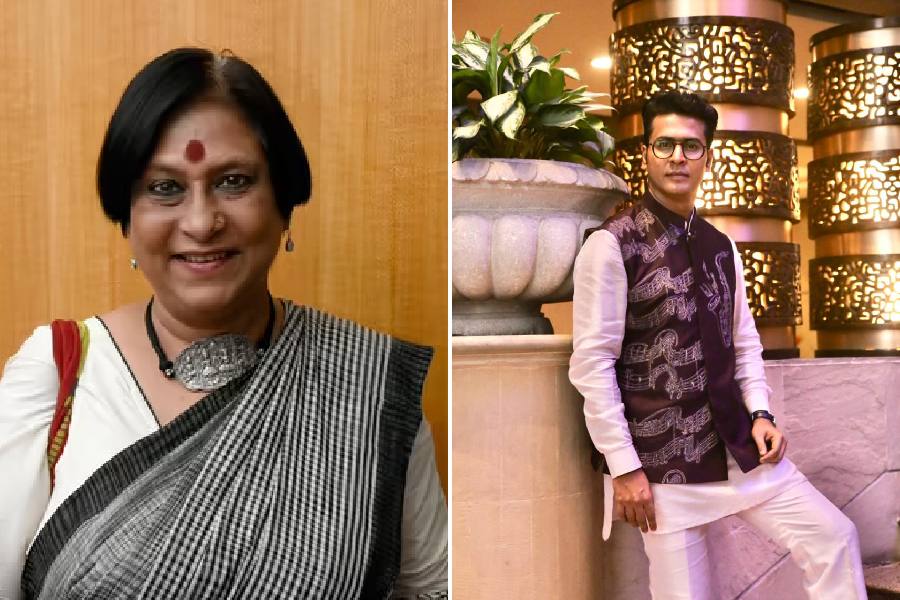Pursuit Of Purity
The worst enemy of an artist is not a philistine but another artist. It is a common but mistaken assumption that great artists are big hearted and catholic. More often, exactly the opposite is true. Artists turn out to be persons with large but fragile egos who are overwhelmed by envy and petty rivalries. A recent Indian illustration of these generalizations was available in the unseemly allegations made against Ravi Shankar by Jasraj. The renowned classical vocalist has accused the sitar maestro of lobbying for the Bharat Ratna. Jasraj, in what can only be described as a gratuitous attack, has said that Ravi Shankar sought the help of members of parliament and that he threatened to leave the country if the award was not bestowed on him. Ravi Shankar?s response has been a dignified denial. The episode, by no means an edifying chapter in the history of Indian culture, brings out Jasraj in a very poor light. It is evident that he resents the Bharat Ratna being conferred on Ravi Shankar. This can only be described as petty and the product of deepseated envy. Jasraj?s identity as a musician and an artist must be extraordinarily vulnerable if he feels threatened by a government award going to another musician and artist.
More germane is the point that Ravi Shankar is not just another musician and artist. Nobody who loves Indian classical music can question his genius. Ravi Shankar, from a very early age, has played the sitar with rigour as well as virtuosity. The rigour came from his talim and the virtuosity was the flowering of his prodigious talents. At the heart of Ravi Shankar?s artistic quest has been the search for purity and simplicity which lie embedded in Indian classical music. He has been relentless in his pursuit of classicism. There is a tendency in India to disparage Ravi Shankar?s achievements by pointing to his involvement with the music of the hippie generation and his attempts at fusion music with Andre Previn and Yehudi Menuhin. This kind of criticism is completely misguided because Ravi Shankar even in these endeavours never compromised the authenticity of his style and the purity of the ragas he played and interpreted. His music and creativity, precisely because they are so firmly rooted in tradition, can reinvent that tradition. His music has been a bridge between India?s past and present. This is why, more than anybody else, he has been India?s best cultural ambassador. He has encountered the world without surrendering an iota of his own inherited tradition.
Jasraj, as a fellow musician, in those moments he can transcend his rivalry and his envy, cannot be unaware of the sheer magnificence of Ravi Shankar?s achievements as an artist. The controversy really is not about the achievements but about their recognition by the state. It is sad that an artist should place so much importance on a state award as to heap abuse on a peer. Surely an artist should be immersed in his own creativity and craft and above being concerned with how politicians and bureaucrats evaluate his art. He should revel in the autonomy of his own art and creativity. In India this is often not the case because most artists are compelled to look upon the state as a source of support and patronage. This engenders a kind of statolatry from which some of India?s best artists are not free. From 1947, the state in India has expanded its role to envelop all spheres of activity from the economic to the artistic. The hold of the state on the economy has been loosened with the onset of economic reforms. It is time to remove the shadow of the state from the field of art. Nobody can do this better than the artists themselves. They should begin by paying scant regard to what the state thinks of their art. The Bharat Ratna neither enhances nor diminishes Ravi Shankar?s achievements as an artist. The state has brought honour upon itself by recognizing Ravi Shankar. Not the other way round. The real measure of Ravi Shankar?s art is its originality, its purity and its interpretative innovativeness. In this he stands unchallenged.
 Thursday, 10 July 2025
Thursday, 10 July 2025










